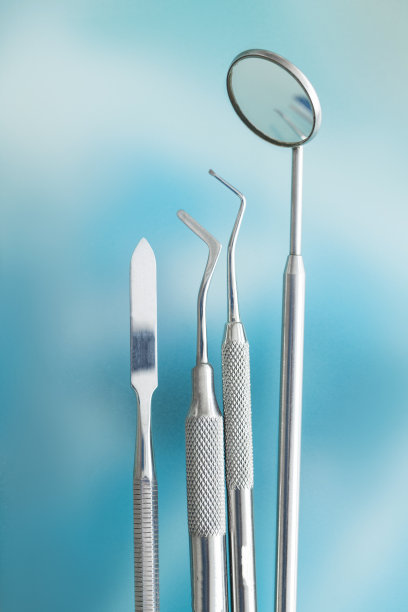Essential Guidelines for Ensuring Safe and Effective Dental Filling Procedures and Aftercare Recommendations
Summary: This article aims to provide essential guidelines for ensuring safe and effective dental filling procedures. The focus is on four key aspects: pre-procedure preparation, choosing the right materials, understanding the filling process, and aftercare recommendations. By adhering to these guidelines, patients can enhance the effectiveness of their dental fillings and minimize potential risks. This comprehensive guide will also offer insights into best practices for patients, ensuring their experience is as comfortable and safe as possible. Ultimately, knowledge surrounding dental fillings is essential, enabling patients to advocate for their own oral health effectively.
1. Importance of Pre-Procedure Preparation

Before any dental filling procedure, it is vital for both the dentist and the patient to engage in thorough preparation. One crucial step is to conduct a comprehensive dental examination, which helps in accurately diagnosing the extent of tooth decay or damage. This exam may also include taking X-rays to visualize cavities that might not be immediately visible.
Furthermore, patients should communicate any existing medical conditions or allergies that could impact the treatment. This includes discussing previous dental work, medications, and any sensitivity to certain filling materials. Knowledge of these parameters allows the dentist to tailor the procedure to the individual needs of the patient.
Finally, scheduling the appointment at a time when the patient feels comfortable and relaxed can significantly enhance their experience. Proper mental and physical preparation can reduce anxiety and set the stage for a successful dental filling procedure.
2. Choosing the Right Materials for Fillings
The materials used for dental fillings play a crucial role in both the safety and durability of the treatment. Common options include amalgam, composite resin, glass ionomer, and gold. Each material varies in terms of appearance, longevity, and cost, making it important for patients to understand the benefits and drawbacks of each.
Amalgam fillings are durable and often used for posterior teeth due to their strength, while composite resins offer a more aesthetic solution for visible teeth as they can mimic the natural color of enamel. Glass ionomer is a good choice for patients with limited budgets, but it may not be as durable. Gold fillings, though expensive, are known for their longevity and strength.
Ultimately, the choice of material should not solely rely on cost or aesthetics. Patients are encouraged to consult with their dentist to choose the most appropriate filling material based on specific dental conditions, personal preferences, and overall oral health.
3. Understanding the Dental Filling Process
The dental filling process typically consists of several steps, starting with the administration of local anesthesia. Anesthesia ensures that the patient remains comfortable and pain-free during the procedure. Following this, the dentist will carefully remove the decayed portion of the tooth using specialized instruments.
Once the decay is cleaned out, the next crucial step is preparing the tooth for filling. This preparation may involve shaping the cavity, cleaning the area, and sometimes applying a liner to protect the pulp of the tooth. Afterward, the filling material is placed and shaped to restore the tooth to its normal function.
The final stages include checking the bite to ensure a proper fit and polishing the filling for a smooth finish. Understanding this process can ease patient anxiety and help them anticipate what to expect during their dental appointment.
4. Essential Aftercare Recommendations
Post-procedure care is just as essential as the filling process itself. After receiving a dental filling, patients should avoid eating hard or sticky foods for at least 24 hours to allow the filling to set properly. This practice helps prevent damage to the newly placed filling and ensures it adheres effectively to the tooth.
Additionally, practicing good oral hygiene is paramount for maintaining the integrity of dental fillings. This includes brushing twice daily with fluoride toothpaste, flossing, and visiting the dentist for regular check-ups. Monitoring for any unusual sensitivities or discomfort in the filled tooth is crucial, prompting immediate consultation if issues arise.
Lastly, lifestyle factors such as quitting smoking and reducing sugary food intake can enhance the longevity of dental fillings. By adhering to these aftercare recommendations, patients can help ensure the effectiveness and durability of their dental work over time.
Summary:
In conclusion, following essential guidelines for safe and effective dental filling procedures contributes significantly to a positive outcome. Pre-procedure preparation, selecting appropriate filling materials, understanding the process, and implementing effective aftercare are all crucial components in achieving the best results for dental fillings.
With these recommendations, patients can feel empowered to take control of their dental health. Awareness and education are key to achieving long-lasting results. This article is compiled by Vickong Dental and the content is for reference only.



